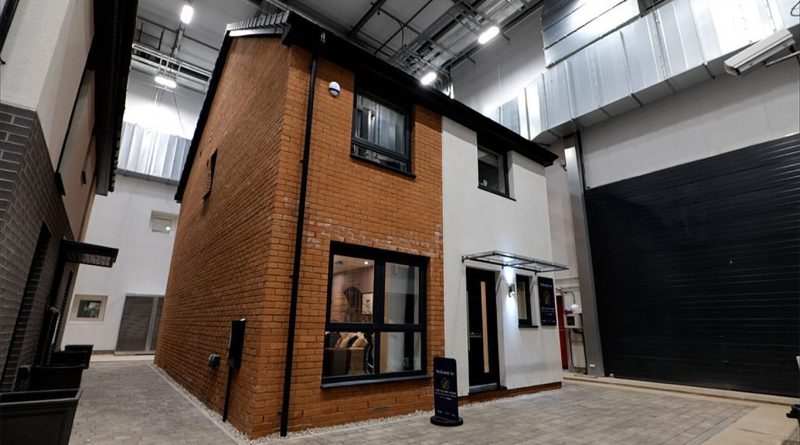How Bellway’s Innovative Future Home Leads the Charge in Sustainable Construction
In recent years, the importance of sustainable home construction and energy-efficient housing has become increasingly prominent in the UK’s efforts to combat climate change. The UK’s built environment contributes significantly to its carbon footprint, accounting for 40% of the nation’s total carbon emissions. As the country strives towards achieving net-zero carbon emissions by 2050, a major focus has been placed on transforming the housing sector, which is responsible for 16% of the UK’s total emissions. This transformation requires not only the design of new, more efficient buildings but also an extensive retrofitting of existing structures, as approximately 80% of the building stock that will exist in 2050 has already been constructed.
A Hub for Low-Carbon Housing Research
Bellway’s recognition at the 2023 Building Innovation Awards for its Future Home project reflects the growing momentum in sustainable construction. This project, undertaken in collaboration with The University of Salford and other partners, involves a three-bedroom detached house built within the university’s Energy House 2.0 facility. This unique environment allows for the testing of building energy performance under a wide range of weather conditions, including extreme temperatures and weather phenomena like gale-force winds and snow. The research conducted here is not just an academic exercise but has practical implications for the construction industry, aiming to meet the upcoming stricter standards for new-build homes that demand significant reductions in carbon emissions from 2025.
Energy House 2.0, where Bellway’s Future Home is located, is a £16 million project partially funded by the European Regional Development Fund. It is the largest facility of its kind, featuring two environmental chambers each capable of housing two detached homes for testing. The facility represents a critical step towards realizing low-carbon and net-zero housing designs, building on the original Salford Energy House’s success. Bellway’s Future Home, along with Barratt Developments’ eHome2, another low-carbon house built within the same chamber, exemplifies the collaborative effort among industry leaders to address the challenges of sustainable home construction.
Charting the Path to Net Zero: Policy Initiatives and Industry Collaboration
To achieve net-zero emissions in the built environment by 2050, the UK Green Building Council (UKGBC) has emphasized the need for immediate and significant policy intervention. This includes a nationwide retrofitting program for existing homes, advancing the cut-off date for gas and oil boiler sales to 2030, reforming Energy Performance Certificates (EPCs), removing VAT on energy-efficient retrofit building works, and introducing direct government retrofit grants for low-income households. These measures aim to make homes more efficient and transition away from fossil fuel heating.
The UK government’s Heat and Buildings Strategy aligns with these initiatives, outlining plans to decarbonize 30 million homes and workplaces in a cost-effective and equitable manner. This strategy is an integral part of the UK’s broader commitment to net-zero emissions by 2050, and it emphasizes the need for strategic decisions in this decade to remain on track. The strategy also highlights the potential for creating up to 240,000 skilled green jobs by 2035, thus contributing to economic recovery and leveling up across the country.
